
It’s not necessary to cut down every stem in autumn, either. There are lots of later-flowering herbaceous perennials with strong, woody stems topped with seeds; these will shelter all manner of small creatures, so your insect-eating wrens will always be able to find food when winter bites. Finches will pick through the seeds, too, while a well-stocked feeding station will satisfy even more bird species.
Water, which is always tricky in cold weather, is equally vital. Try to keep a birdbath free of ice, and scrape any snow off a patch of grass to help ground feeding robins, blackbirds, chaffinches and thrushes. My robins don’t seem interested in dried mealworms, but any old cheese, fruit cake, crinkled apples or suet are enthusiastically devoured.
The plants you grow can be a big help, too. Evergreens make perfect hibernation sites for some ladybirds, spiders and a host of others. Box and sarcococca are excellent low-mounding evergreens, while both untrimmed hollies and yew bear edible fruit as long as they’re not clipped. Holly berries are favourites, but rarely last beyond December, so supplement these with less-popular shrubs such as Cotoneaster lacteus or Pyracantha ‘Saphyr Rouge’.
This story is from the November 09, 2019 edition of Amateur Gardening.
Start your 7-day Magzter GOLD free trial to access thousands of curated premium stories, and 8,500+ magazines and newspapers.
Already a subscriber ? Sign In
This story is from the November 09, 2019 edition of Amateur Gardening.
Start your 7-day Magzter GOLD free trial to access thousands of curated premium stories, and 8,500+ magazines and newspapers.
Already a subscriber? Sign In

To dig or not to dig?
Should we be carrying out a full dig on plots now? Bob considers the pros and cons of the 'autumn dig' debate
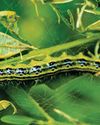
The box ball blues
As if his beleaguered box hadn't already taken a beating, Toby now has to deal with some hungry box caterpillars

Save your own seeds
Masterclass on: seed saving
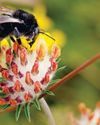
Strange sightings
Three unusual insects turn up in Val's garden in one day

A bolt from the blue!
Cornflowers are perfect for garden and vase
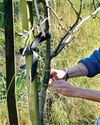
Winter moth prevention
Ruth shows you how to avoid maggoty tree fruits
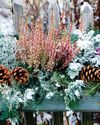
Create a winter container
There are as many options as in summer
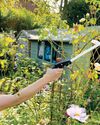
Lightweight gardening tools
AS well as being good for our mental health, gardening is also great exercise.

Autumn price round-up
AG finds better bargains in lesser-known brands
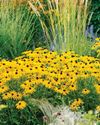
Rudbeckias
Rudbeckias are ideal for sunny summer patios and borders, with some able to survive our coldest winters